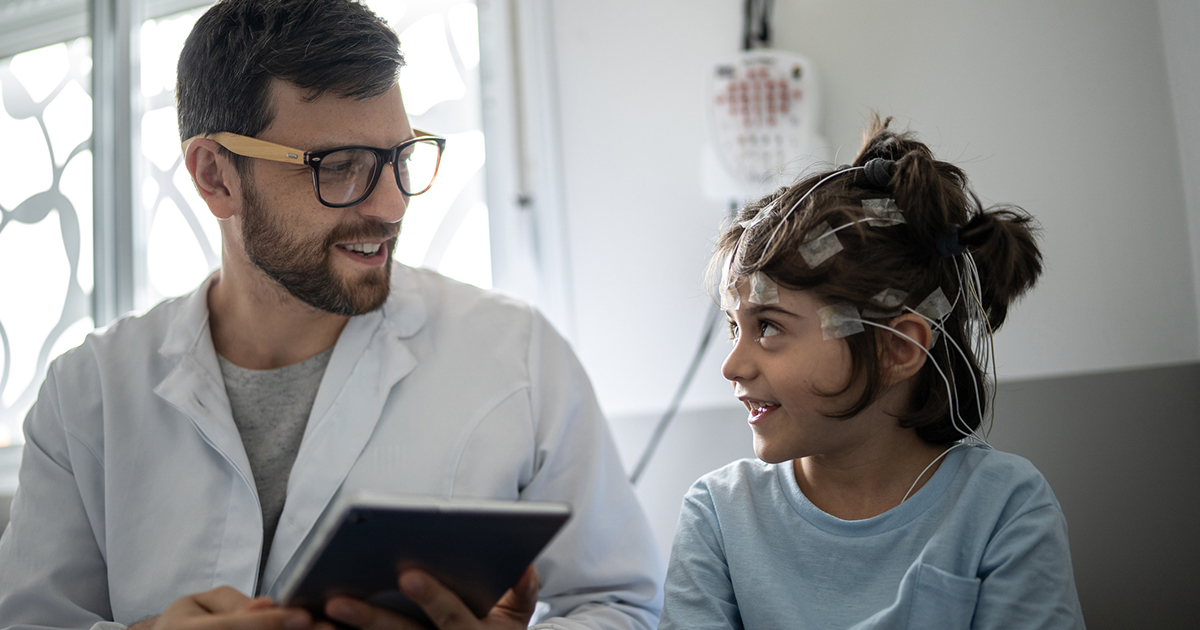The brain’s nerve cells speak to each other through electrical signals. Sudden electrical bursts in one side of the brain (a partial or focal seizure) or both (generalized seizure) interfere with normal nerve communication. This “short circuit” triggers changes in behavior, awareness and body function, causing vision problems, muscle tensing or weakness or tremors—depending on which part of the brain is affected.
A neurologist’s first line of defense is usually prescription medicine to prevent or limit future seizures, considering a child’s seizure type, side effects and lifestyle. Medications come in many forms and can be taken orally as pills, sprinkles or syrup, nasally, rectally or by IV.
For the best results, be consistent about medication timing, the Epilepsy Foundation suggests.
Holder notes about half of kids can eliminate seizures with the right dose of one drug, and another 15% by trying a second medication.
Source link
credite

